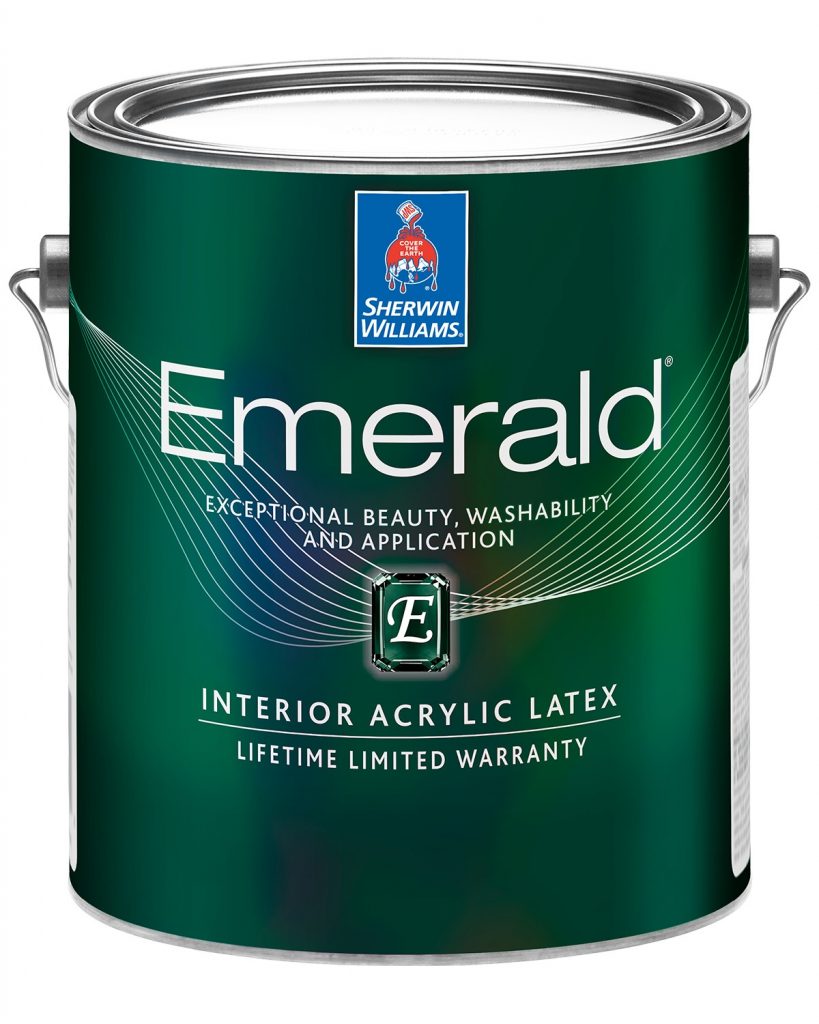When embarking on an interior home painting project, it’s important to prioritize health and safety to ensure a successful and enjoyable experience. Here are some essential health and safety tips to consider before, during, and after painting your home:
1. Ventilation:
- Proper ventilation is crucial when painting indoors to prevent the buildup of fumes and ensure good air quality. Open windows and doors to allow fresh air to circulate throughout the room.
- If ventilation is limited, consider using fans or portable air purifiers to help remove paint fumes and improve air circulation.
2. Use Low-VOC or Zero-VOC Paints:
- Volatile organic compounds (VOCs) are chemicals found in many traditional paints that can release harmful fumes into the air. Opt for low-VOC or zero-VOC paints to minimize exposure to these potentially hazardous chemicals.
- Low-VOC and zero-VOC paints are safer for both your health and the environment, as they emit fewer harmful emissions and odors.
3. Wear Protective Gear:
- When painting, wear appropriate protective gear to shield yourself from exposure to paint fumes, dust, and other potential hazards. This includes:
- Respirator mask: Choose a mask specifically designed for painting and construction work to filter out harmful airborne particles and fumes.
- Safety goggles: Protect your eyes from splashes, spills, and airborne particles with a pair of safety goggles or glasses.
- Gloves: Wear gloves to protect your hands from direct contact with paint and harsh chemicals. Choose gloves made of latex or nitrile for optimal protection.
- Protective clothing: Wear long sleeves, pants, and closed-toe shoes to cover your skin and minimize exposure to paint and other contaminants.
4. Handle Paint Safely:
- Handle paint and painting materials with care to prevent accidents and spills. Follow these safety guidelines:
- Store paint and painting supplies out of reach of children and pets in a secure, well-ventilated area.
- Use caution when opening paint cans to avoid splashing or spilling paint. Use a screwdriver or paint can opener to carefully pry open the lid.
- Dispose of paint and paint-related materials properly according to local regulations. Avoid pouring paint down drains or disposing of it in household trash.
5. Protect Surfaces and Furniture:
- Before painting, protect surfaces and furniture in the room from accidental spills and splatters. Cover floors with drop cloths or plastic sheeting and use painter’s tape to mask off trim, baseboards, and other areas you want to protect from paint.
- Remove or cover furniture and fixtures to prevent them from being damaged or stained by paint.
6. Take Breaks and Stay Hydrated:
- Painting can be physically demanding work, so remember to take regular breaks and stay hydrated throughout the process. Drink plenty of water to stay hydrated and take breaks as needed to rest and recharge.
- Listen to your body and pay attention to signs of fatigue or discomfort. Take breaks to stretch, relax, and refuel, especially during long painting sessions.
7. Clean Up Properly:
- After painting, clean up the work area thoroughly to remove paint spills, drips, and debris. Dispose of used paint cans, brushes, and other materials responsibly and according to local regulations.
- Wash brushes, rollers, and other painting tools with soap and water or the appropriate cleaning solution to remove paint residue and prolong their lifespan.
8. Monitor Air Quality:
- After painting, continue to monitor indoor air quality to ensure that paint fumes have dissipated and the environment is safe for occupancy. Keep windows and doors open as needed to allow fresh air to circulate and ventilate the space.
9. Address Mold and Mildew:
- If you encounter mold or mildew growth during the painting process, take appropriate steps to address the issue before painting. Use a mold and mildew cleaner to remove any visible growth and ensure the surface is clean and dry before applying paint.
10. Seek Professional Help if Needed:
- If you’re unsure about how to safely complete an interior painting project or encounter hazardous conditions such as lead-based paint or asbestos, seek professional help from a qualified contractor or painting specialist.
- Professionals have the expertise, experience, and equipment necessary to handle challenging painting projects safely and effectively.
By following these health and safety tips, you can minimize risks and ensure a safe and successful interior home painting project. Prioritize your well-being and take the necessary precautions to create a healthy and comfortable living environment for you and your family.
Jeff



